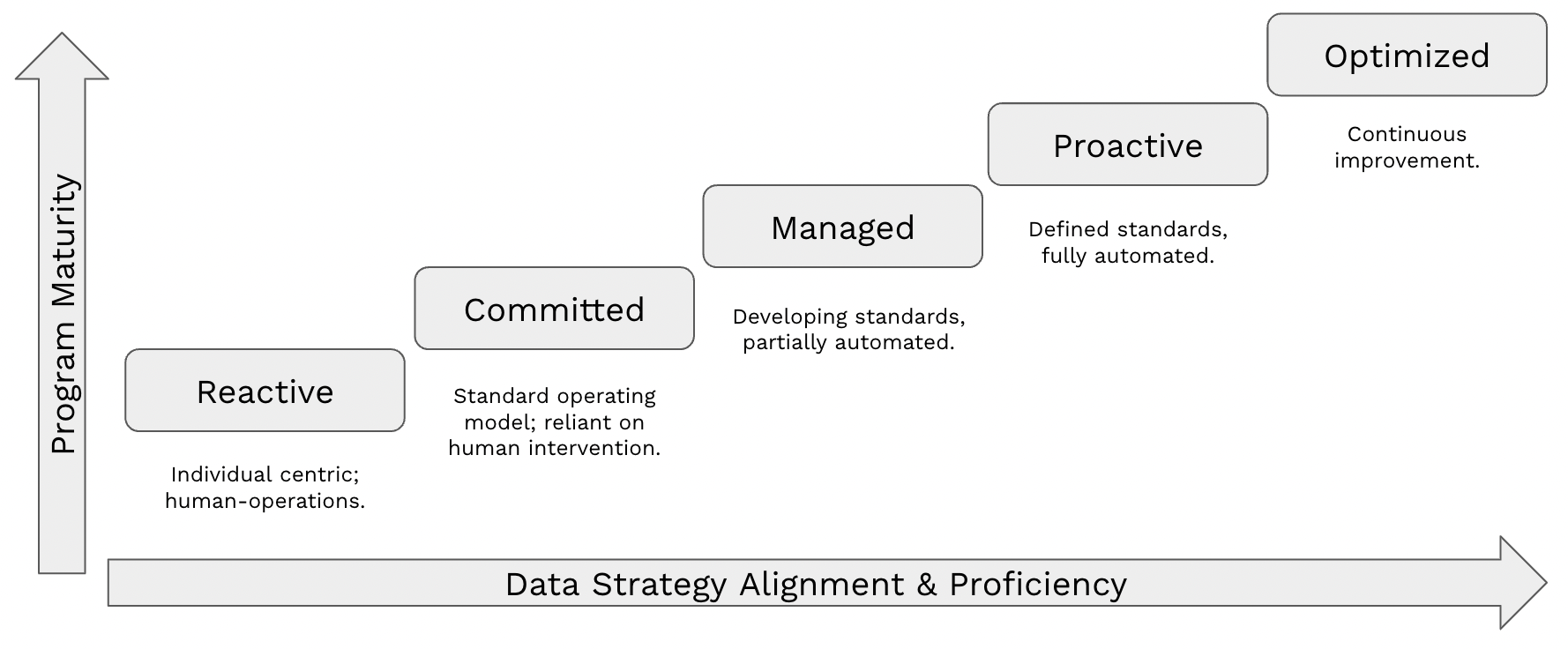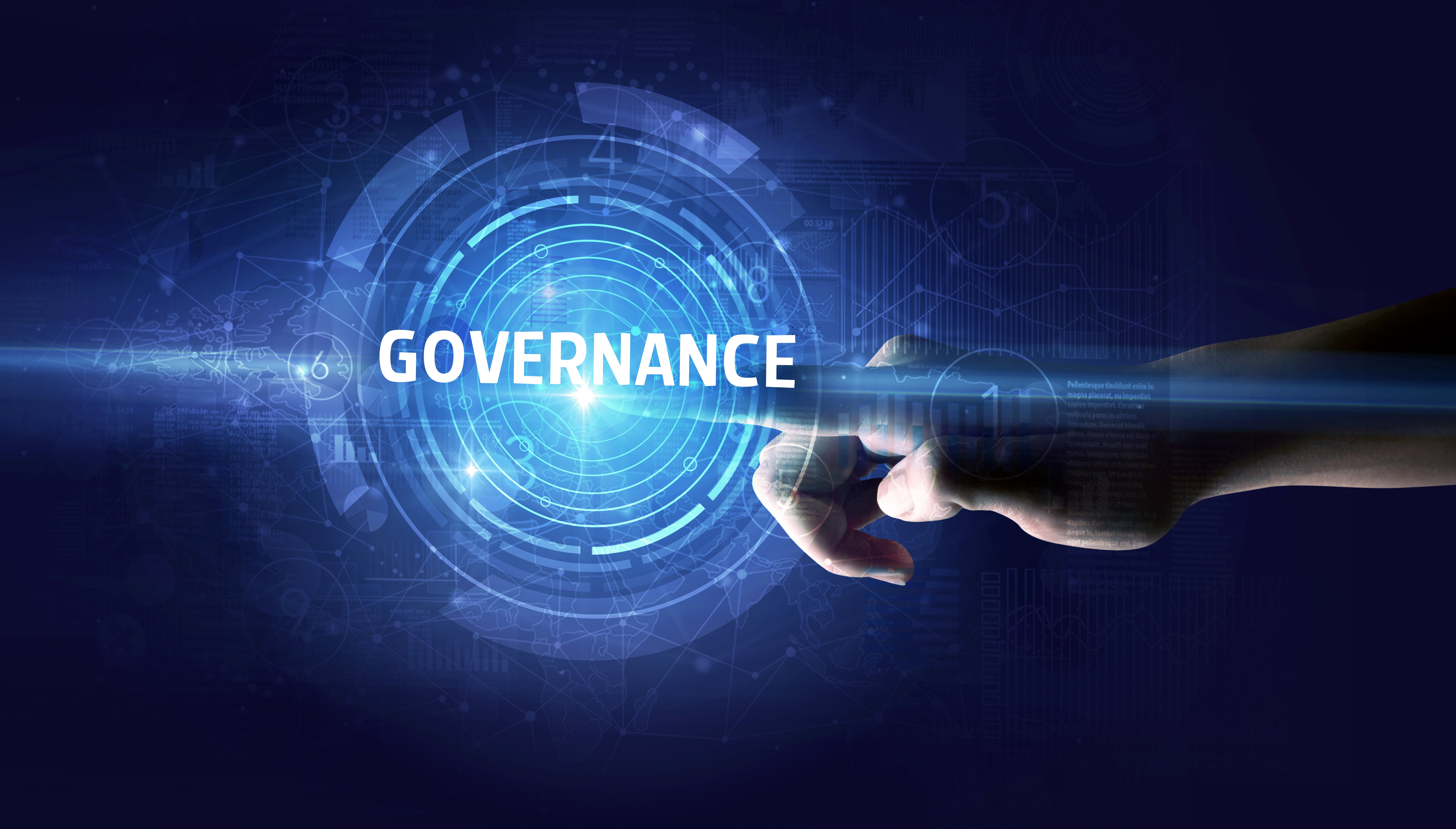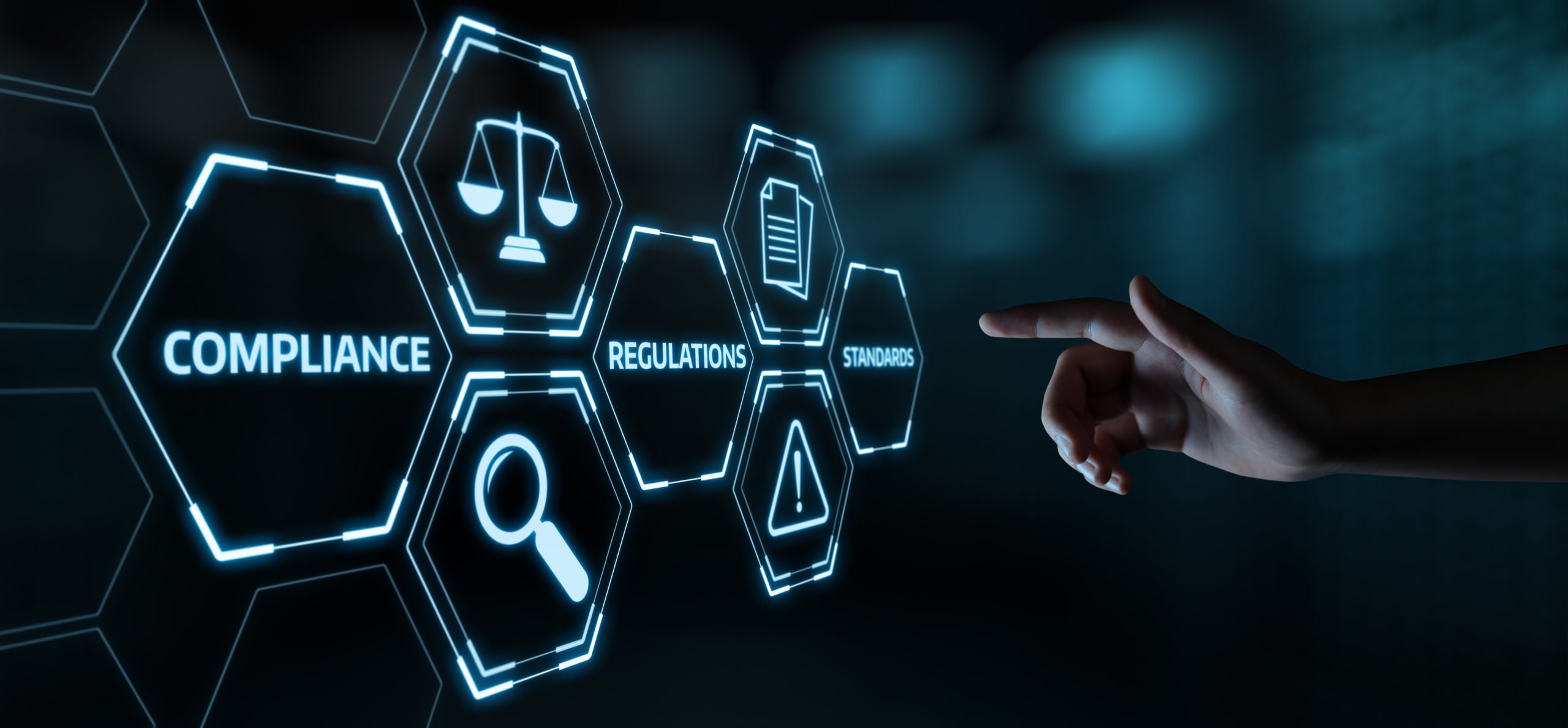How to Kickstart Your Data Governance Program

In our previous discussions we reviewed the two primary dimensions to a data governance program. First are the functions necessary to be successful including compliance and risk management, policy, data management, literacy, and architecture. Second is the organizational model for how these capabilities are structured across the enterprise, typically in a mixed model between centralized and federated teams. This structure becomes the foundation for how work is organized, distributed, executed and measured.

- Identify Early Win. All new programs are measured by the speed they can affect positive organizational change. New data governance programs should be built with the goal to identify visible pain points in the organization and swarm to address them quickly. This quickly establishes the program as effective and impactful for stakeholders.
- Set Priorities. All data governance programs will inevitably have competing priorities spanning technology modernization, process enhancements, investments to lower risk and privacy demands. The established data governance program will clearly establish and communicate their prioritized work, what tradeoffs influenced these priorities and what tradeoffs were made for speed of execution against a number of parallel efforts. These communicated priorities and decision criteria create trust across the organization on the approach of the data governance team and enable others to align their work activities.
- Roles & Responsibilities. As part of our earlier discussion about determining the optimal organizational model, federated or centralized, we must expand and define the roles and responsibilities for all team members engaged in the program. Roles and responsibilities should include the key activities for each role, how their work is handed off and the rights they have in relation to other teams about awareness of policies, timing for action and inclusion in key decision making events.
- Cultural Principles. The structure of our data governance program is just as important as the cultural principles we use to make key decisions, communicate our objectives and define our working approach. Principles will vary between organizations based on level of regulatory oversight, countries operated in and other corporate initiatives around growth and employee engagement. Principles will often include lightweight governance, create employee opportunity, treat customer data privacy as a human right or transparency in data usage.
- Technology Alignment. While the focus of data governance programs must begin with policies, literacy and risk management; technology is a key component for implementation and integration across the enterprise. Establishing a program will involve inventorying existing technology that supports the data governance needs, identifying gaps and including the implementation in prioritization and timeline communications.
Starting a data governance program is not always a fresh and new capability. Oftentimes, it’s a rethink of somewhat established capabilities that are falling behind in speed and capability demanded by the business to balance protecting data and speed of releasing new capabilities. Restarting an established program will have strong headwinds from people’s memory and history of past events.
Other times, data governance programs fail to meet objectives and create institutional memories that will make a restart difficult and require additional effort by the data governance lead in building trust with stakeholders and ensuring their voices are heard in approaches being considered. Restarting a program means addressing past failures, planning for a new approach and establishing a model of active engagement across the organization.
- Empathy. A history of failed data governance programs can have a long term effect on how an organization views this critical function and influence people’s reactions to new approaches. The entire data governance team must come to all conversations with the necessary empathy to understand those past challenges, internalize them, reflect on the learnings, and ensure that new communications address past pain points while helping the organization move beyond to more successful approaches.
- Clean Sheet of Paper. Starting with a clean sheet of paper to design your program and priorities can be a powerful tool. This allows the leaders of the data governance program to focus on what is impactful, without the history of past programs that may have failed to deliver the anticipated results. This clean sheet approach allows teams to think about how best to navigate organizational complexities, how to structure teams for maximum effect and communicate in a new language that breaks people of old reactions and habits.
- Transition Approach. While starting with a clean sheet of paper makes for simpler planning, it doesn’t negate the fact that there’s a history of process, policy, and technology in the organization that must be brought up to our new standards and operating model. Legacy elements present a risk to organizational efficiency the longer they linger. This transition plan must account for the appropriate levels of organizational change, communications, data literacy and technology rationalization to be effective and build trust.
- Cultural Principles. Just as we have to define culture principles for new data governance programs, a restart of existing programs will be measured on our ability to set direction, ensure alignment and modeling desired behaviors.
Starting your data governance program, either a new one or a restart of an established program is a unique opportunity to establish your cultural principles, your priorities, your roles and responsibilities and address any past trauma the organization may hold on too when executing. Establishing these elements early and clearly communicating enables the organization to feel engaged in key decisions, be aware of why decisions and priorities were established, and what effort they’ll have to assist in the implementation of policies, literacy plans, and technology rationalization.
In our next discussion, we’ll begin to explore how to identify and empower data stewards. We’ll discuss the long-term value of identifying volunteers and empowering them with authority and skills while avoiding conscripting staff into these impactful roles. Make sure to sign up for updates so you don’t miss it.
Share this
You May Also Like
These Related Stories

Building Organizational Models for Better Data Governance

Identifying and Engaging Data Stewards

No Comments Yet
Let us know what you think